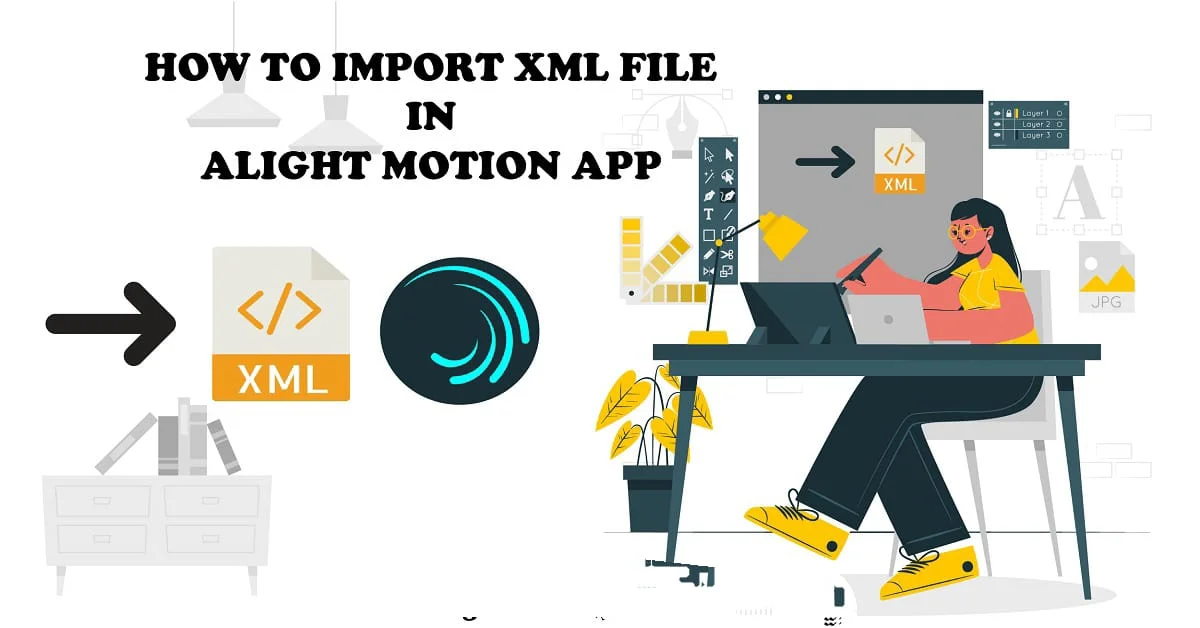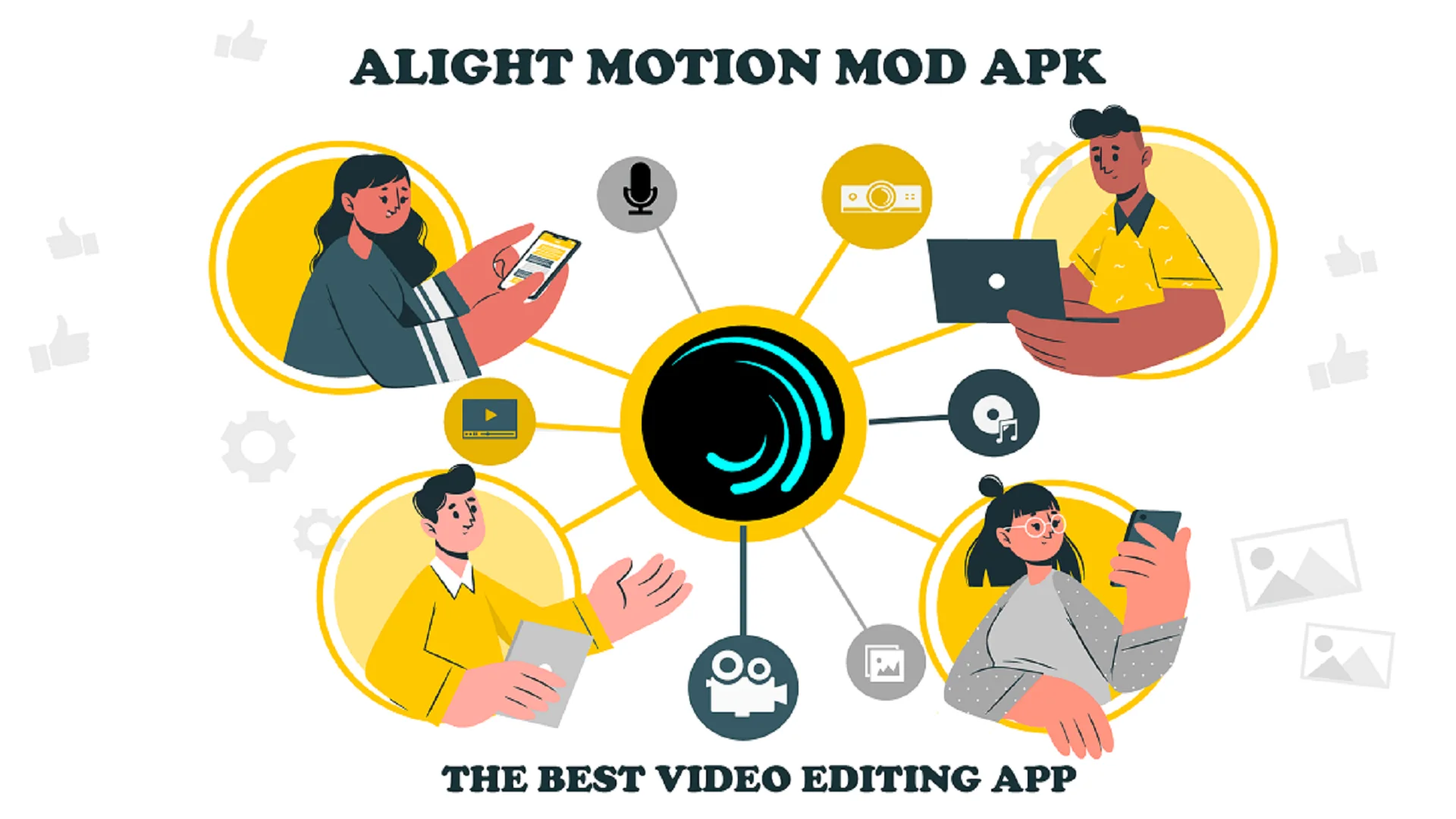Your cart is currently empty!
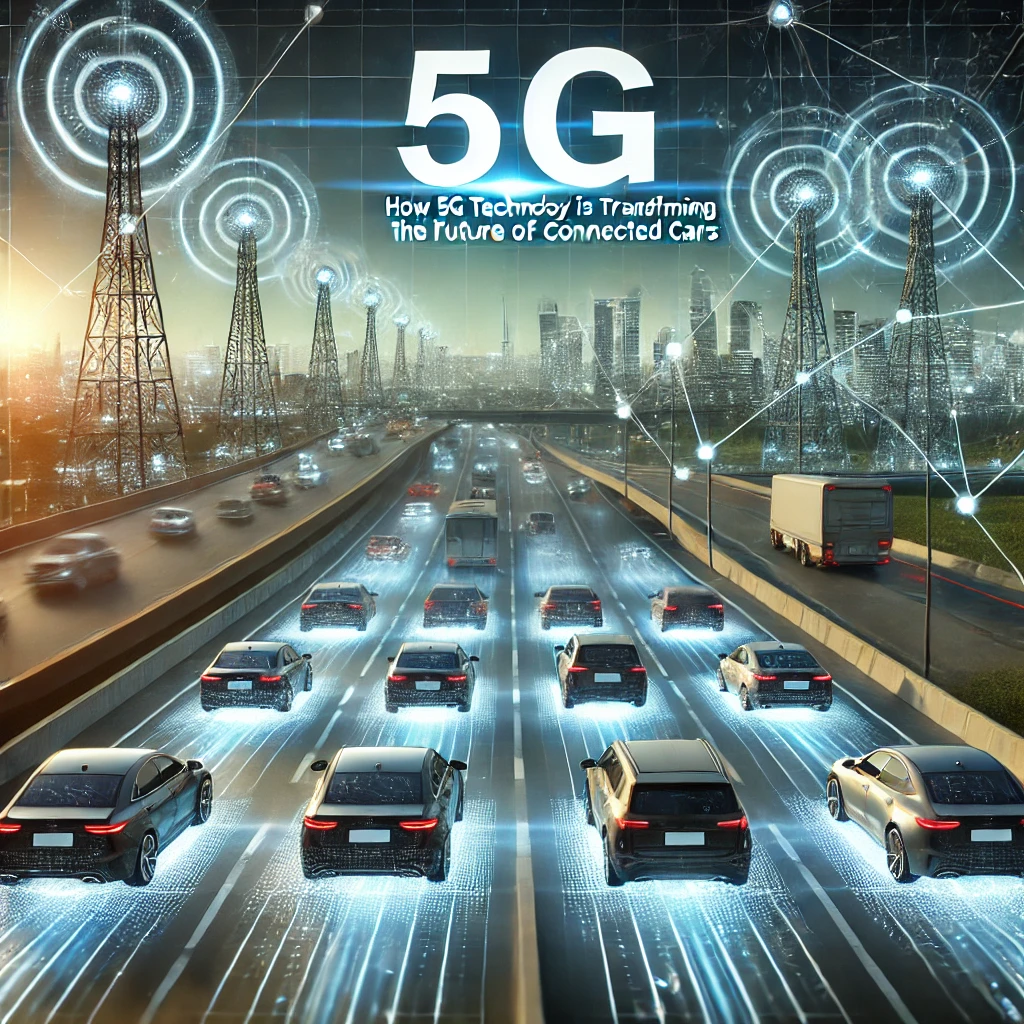
How 5G Technology is Transforming the Future of Connected Cars
The automotive industry is undergoing a massive transformation, driven by the rapid integration of cutting-edge technologies. At the heart of this revolution is the rise of connected cars vehicles that are no longer just modes of transportation but smart, interconnected devices on wheels. These cars are equipped with advanced features like real-time navigation, remote diagnostics, and even autonomous…
The automotive industry is undergoing a massive transformation, driven by the rapid integration of cutting-edge technologies. At the heart of this revolution is the rise of connected cars vehicles that are no longer just modes of transportation but smart, interconnected devices on wheels. These cars are equipped with advanced features like real-time navigation, remote diagnostics, and even autonomous driving capabilities, all powered by seamless internet connectivity.
What’s fueling this transformation? The answer lies in 5G, the fifth generation of wireless technology. With its blazing-fast speeds, ultra-low latency, and unprecedented reliability, 5G is unlocking new possibilities for connected cars, making them safer, smarter, and more efficient than ever before. Imagine a world where your car communicates with traffic lights to optimize your route, alerts you to potential hazards before you even see them, or even drives itself while you relax. This is no longer science fiction—it’s the reality that 5G is bringing to life.
In this article, we’ll take a deep dive into the world of connected cars. We’ll explore what they are, how they work, and the essential components that make them tick. We’ll also examine the critical role of internet connectivity in these vehicles and why 5G is a game-changer for their performance. From real-world examples of connected car models to the impact of 5G on autonomous driving, we’ll cover everything you need to know about this exciting evolution in mobility.
So, buckle up and join us as we explore how 5G is revolutionizing connected cars and shaping the future of transportation.
Table of Contents
1. What Are Connected Cars?
Connected cars are vehicles integrated with internet connectivity and a sophisticated range of technologies that enable seamless communication with external devices, networks, and services. These vehicles represent a key innovation in the transportation industry, paving the way for an intelligent, interconnected ecosystem that prioritizes safety, efficiency, and convenience.
The concept of connected cars revolves around Vehicle-to-Everything (V2X) communication, which includes:
- Vehicle-to-Vehicle (V2V): Sharing data like speed, position, and road conditions with other vehicles to avoid accidents and improve traffic flow.
- Vehicle-to-Infrastructure (V2I): Communicating with traffic lights, road signs, and other infrastructure to optimize routes and reduce congestion.
- Vehicle-to-Pedestrian (V2P): Alerting drivers or pedestrians in real time to prevent accidents.
Connected cars are designed to not only enhance the driving experience but also to contribute to smarter cities and more sustainable transportation. These vehicles offer a variety of features, including:
- Real-Time Navigation and Traffic Updates: By leveraging real-time data from GPS and other connected vehicles, drivers can avoid traffic jams, road closures, and delays.
- Remote Diagnostics and Maintenance Alerts: Advanced systems monitor vehicle performance, notifying owners about potential issues like engine malfunctions or the need for routine maintenance.
- Advanced Driver-Assistance Systems (ADAS): Features such as adaptive cruise control, lane-keeping assist, and collision warnings improve safety and reduce the likelihood of human error.
- In-Car Entertainment and Infotainment Systems: High-speed internet enables passengers to stream music, videos, and even work on the go, transforming the car into a mobile hub of connectivity.
As technology advances, connected cars are increasingly incorporating 5G connectivity, enabling ultra-fast data transfer, AI-driven personalization, and the potential for fully autonomous driving in the future. They play a pivotal role in shaping the future of mobility by enhancing road safety, reducing emissions, and offering a more interactive and enjoyable driving experience.
2. How Do Connected Cars Work?
Connected cars operate through a sophisticated blend of hardware, software, and network technologies that work together to create a seamless, intelligent driving experience. These vehicles are designed to gather, process, and share data in real time, enabling a wide range of features that enhance safety, convenience, and efficiency.
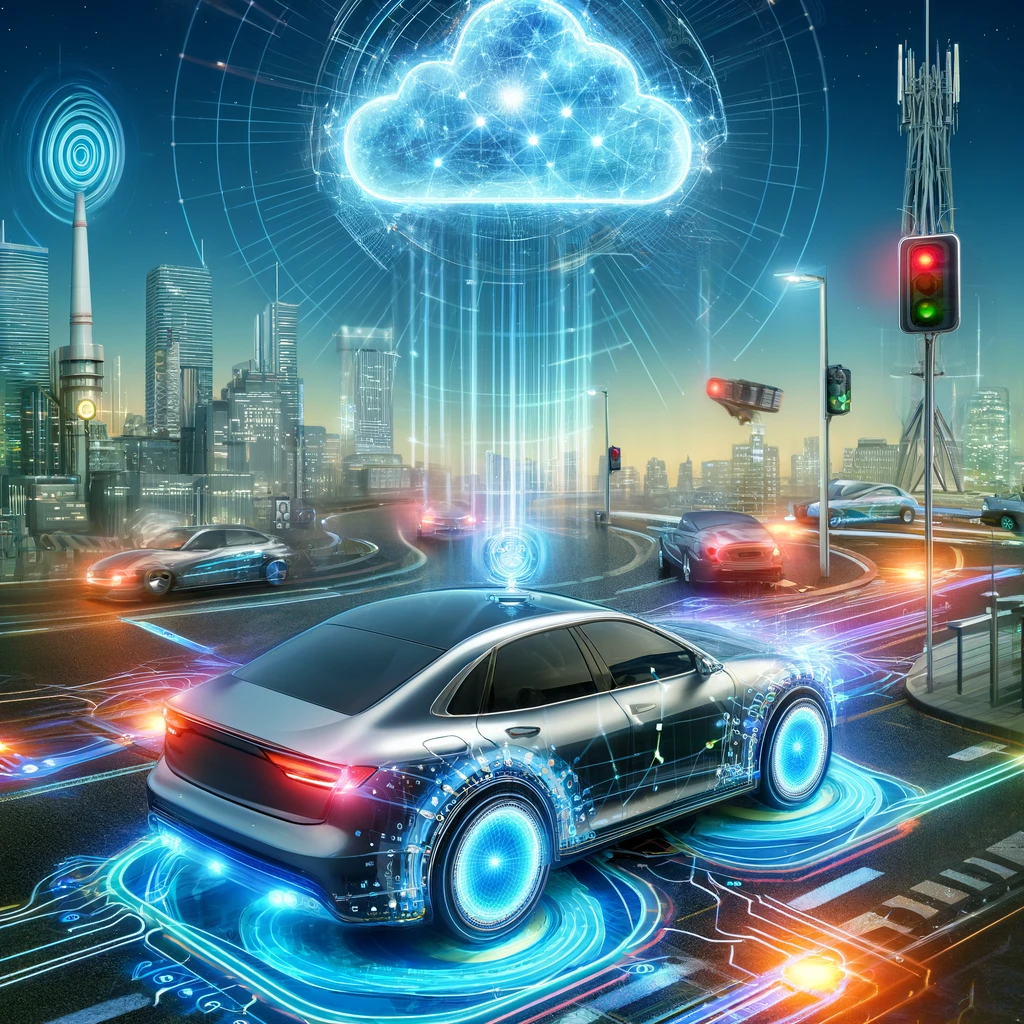
Key Technologies Behind Connected Cars
- Sensors and Cameras:
These devices continuously monitor the car’s surroundings, collecting data about road conditions, nearby vehicles, pedestrians, and obstacles. For example, cameras capture visual data for lane-keeping assistance, while sensors detect proximity to other objects. - Telematics Systems:
Telematics is the backbone of connected cars, enabling communication between the vehicle and external networks. This system integrates GPS, onboard diagnostics, and cellular connectivity to transmit data about the car’s location, performance, and condition. - Cloud Computing:
Connected cars rely on cloud services to store and analyze the vast amounts of data they generate. Cloud platforms process information from sensors and telematics systems in real time, enabling features like navigation updates and predictive maintenance. - Artificial Intelligence (AI):
AI is the driving force behind many advanced features in connected cars. It powers voice assistants, which respond to driver commands, and predictive maintenance systems, which analyze vehicle data to forecast potential issues before they occur.
Communication Protocols in Connected Cars
- Vehicle-to-Everything (V2X):
This protocol enables cars to communicate with other vehicles (V2V), infrastructure like traffic signals and road signs (V2I), and even pedestrians (V2P). V2X improves safety by providing real-time alerts about potential hazards, such as sudden braking by nearby vehicles or traffic light changes. - Cellular Networks (4G/5G):
Internet connectivity is a critical component of connected cars. High-speed 4G and 5G networks allow for ultra-fast data transmission, ensuring that vehicles can access real-time information for navigation, traffic updates, and streaming services.
How It All Comes Together
When a connected car is in motion, its sensors and cameras gather environmental data while telematics systems send this information to cloud servers for analysis. Simultaneously, AI algorithms process the data to activate features like adaptive cruise control or lane departure warnings. V2X communication ensures that the vehicle stays in sync with its surroundings, while 4G/5G networks provide the bandwidth needed for seamless connectivity.
The integration of these technologies allows connected cars to anticipate and respond to their environment, improving both safety and convenience. With advancements in AI and 5G, the capabilities of connected cars are expected to grow, paving the way for fully autonomous driving and smarter urban mobility.
3. Essential Components in a Connected Car
To operate seamlessly and deliver an enhanced driving experience, connected cars integrate various advanced components. Here’s a closer look at these crucial systems:

a. Telematics Control Unit (TCU)
The TCU serves as the central hub for communication within the connected car. It facilitates data exchange between the vehicle and external networks, such as cloud servers and mobile devices. TCUs enable features like remote vehicle monitoring, geolocation, and over-the-air (OTA) software updates, ensuring the vehicle stays up-to-date with the latest technologies.
b. Sensors and Cameras
Sensors and cameras are the car’s “eyes and ears.” These devices collect data about the surroundings, including road conditions, traffic patterns, weather, and potential obstacles. For instance:
- LiDAR sensors create 3D maps for autonomous driving.
- Radar sensors assist with adaptive cruise control and collision avoidance.
Together, they make driving safer and provide the raw data needed for advanced driver-assistance systems (ADAS).
c. Infotainment System
The infotainment system enhances the driving experience by offering entertainment, navigation, and connectivity. Equipped with touchscreens, voice recognition, and app integrations, these systems allow drivers and passengers to stream music, make hands-free calls, and access real-time navigation. Modern infotainment systems are evolving to include personalized AI-driven assistants.
d. Onboard Diagnostics (OBD)
The OBD system constantly monitors the vehicle’s performance, identifying potential issues before they become critical. It tracks engine health, fuel efficiency, and emissions levels, providing diagnostic trouble codes (DTCs) that drivers or mechanics can interpret. Advanced OBD systems can also send this data directly to the cloud for remote analysis.
e. Cloud Connectivity
Cloud connectivity is the backbone of connected cars. It enables real-time data storage, processing, and accessibility for services like:
AI-powered predictive maintenance, which alerts drivers about potential failures.
The cloud also facilitates seamless integration with smart city infrastructures, such as traffic lights and parking systems.
OTA software updates that improve vehicle performance.
Remote vehicle access through smartphone apps.
4. Is Internet Connectivity Essential in Connected Cars?
Yes, internet connectivity is the backbone of connected cars. It enables:
- Real-Time Data Exchange: For navigation, traffic updates, and emergency alerts.
- Remote Access: Allows drivers to control features like locking/unlocking and climate control via smartphones.
- Over-the-Air (OTA) Updates: Ensures the car’s software is always up-to-date.
- Enhanced Safety: Features like automatic crash notifications and emergency assistance rely on internet connectivity.
Without internet connectivity, connected cars would lose their ability to communicate with external networks, significantly limiting their functionality.
5. What Models Do We Have in the Market?
The rise of connected car technology has led automakers to integrate advanced connectivity features into their vehicles, creating models that redefine the driving experience. Let’s take a closer look at some of the leading connected cars available in the market:
a. Tesla Model 3
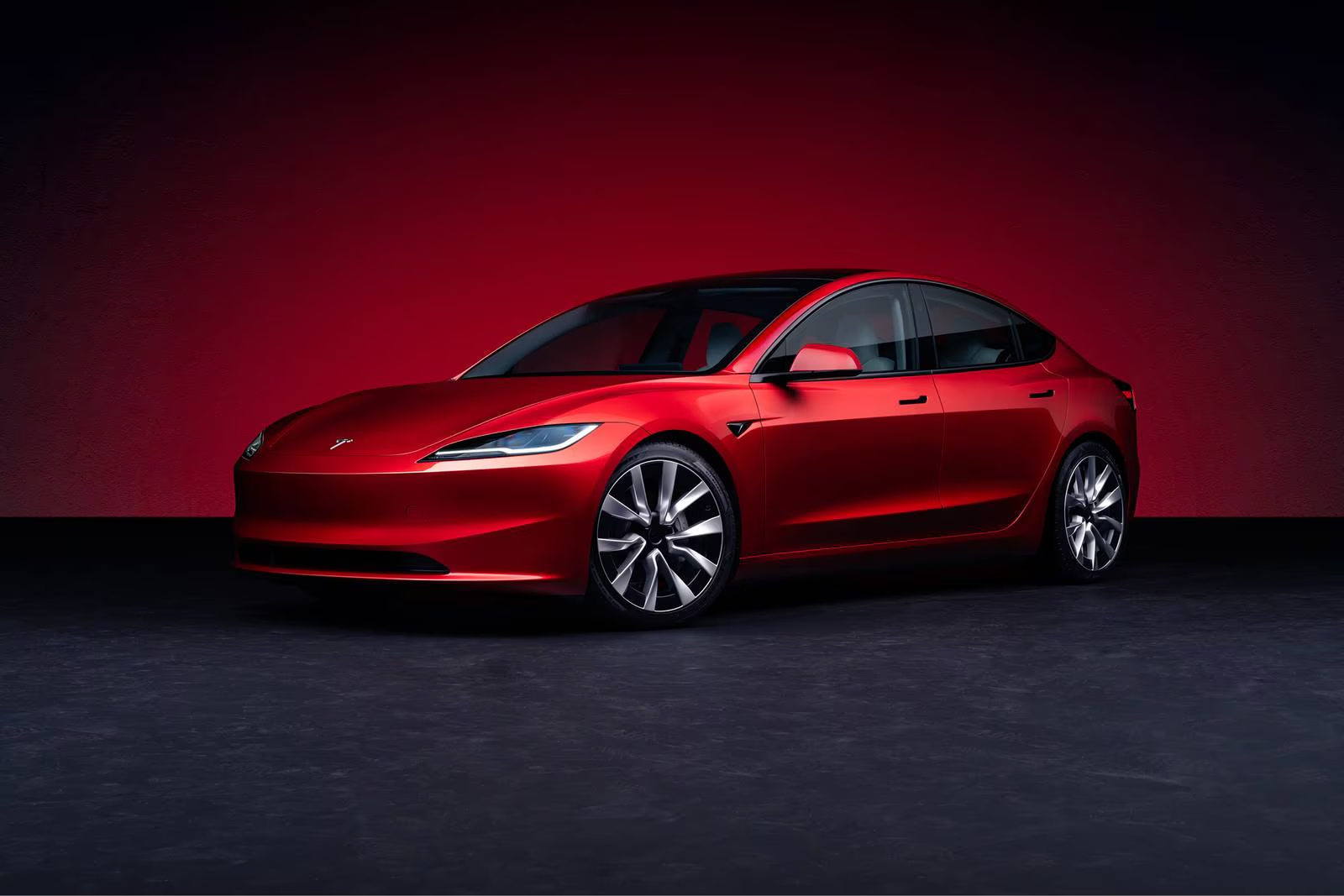
Features:
The Tesla Model 3 is renowned for its cutting-edge technology, including over-the-air (OTA) updates that improve the car’s software and functionality over time. It also offers the Autopilot system for semi-autonomous driving, a sleek, fully integrated infotainment system, and advanced navigation capabilities.
Connectivity:
The Model 3 currently uses 4G LTE for its connectivity needs, with Tesla actively working to integrate 5G for faster and more reliable data exchange, particularly for future autonomous driving features.
b. BMW i7

Features:
This luxury sedan is at the forefront of connected car technology. It comes with 5G connectivity, advanced driver-assistance systems (ADAS), and an impressive 31-inch rear-seat entertainment screen, transforming long drives into a luxurious experience. BMW’s iDrive 8 system further enhances navigation, entertainment, and control options.
Connectivity:
The BMW i7 is fully equipped with 5G technology, allowing real-time communication, faster downloads for maps, and smoother software updates.
c. Ford Mustang Mach-E
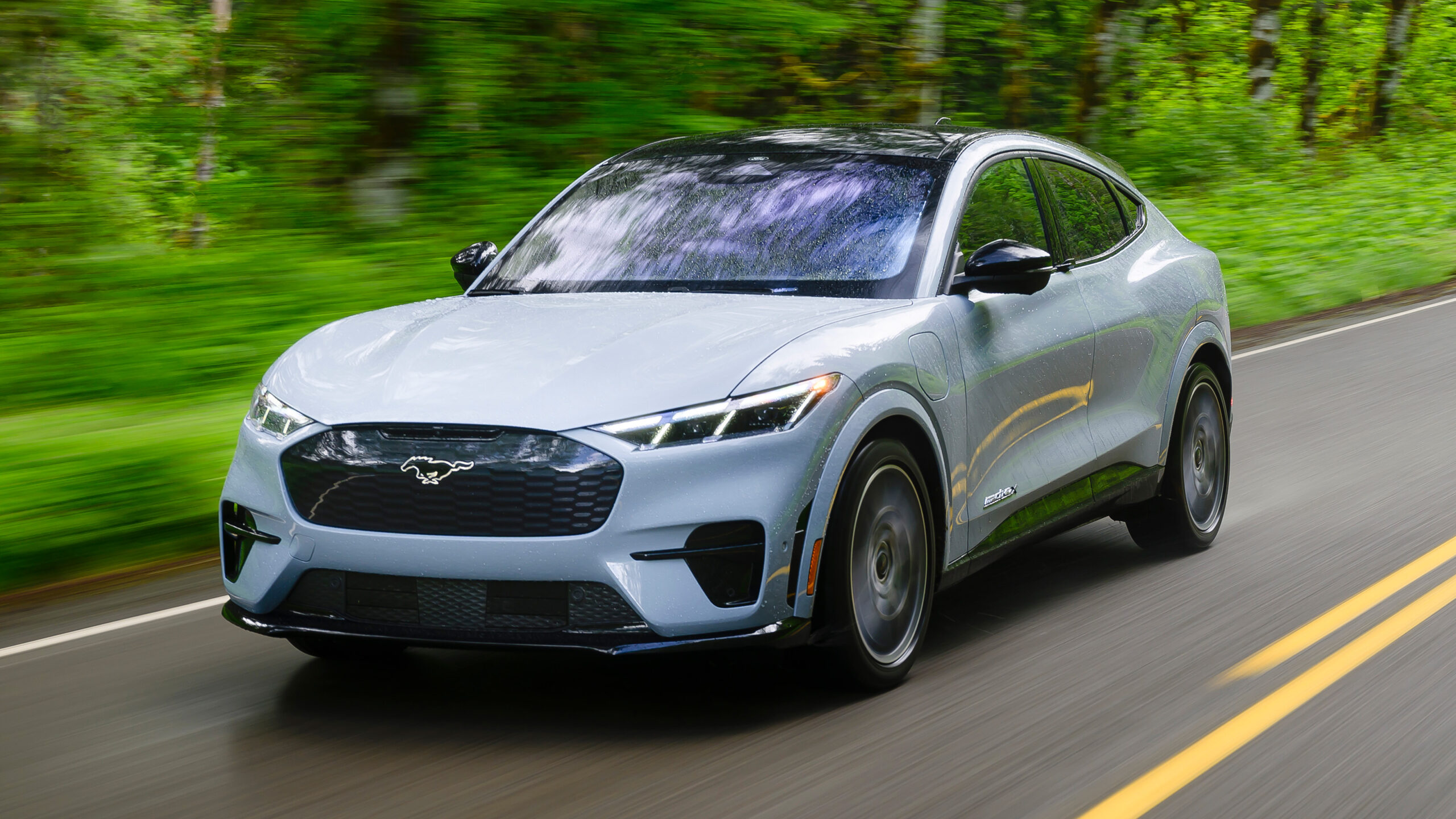
Features:
Ford’s Mustang Mach-E brings a blend of practicality and innovation. It includes OTA updates that keep the car’s software current, voice-activated controls for a hands-free experience, and a large 15.5-inch touchscreen that serves as the central command hub.
Connectivity:
The Mach-E uses 4G LTE but is designed to transition seamlessly to 5G in the near future, ensuring it stays competitive as connectivity technology evolves.
d. Audi e-tron
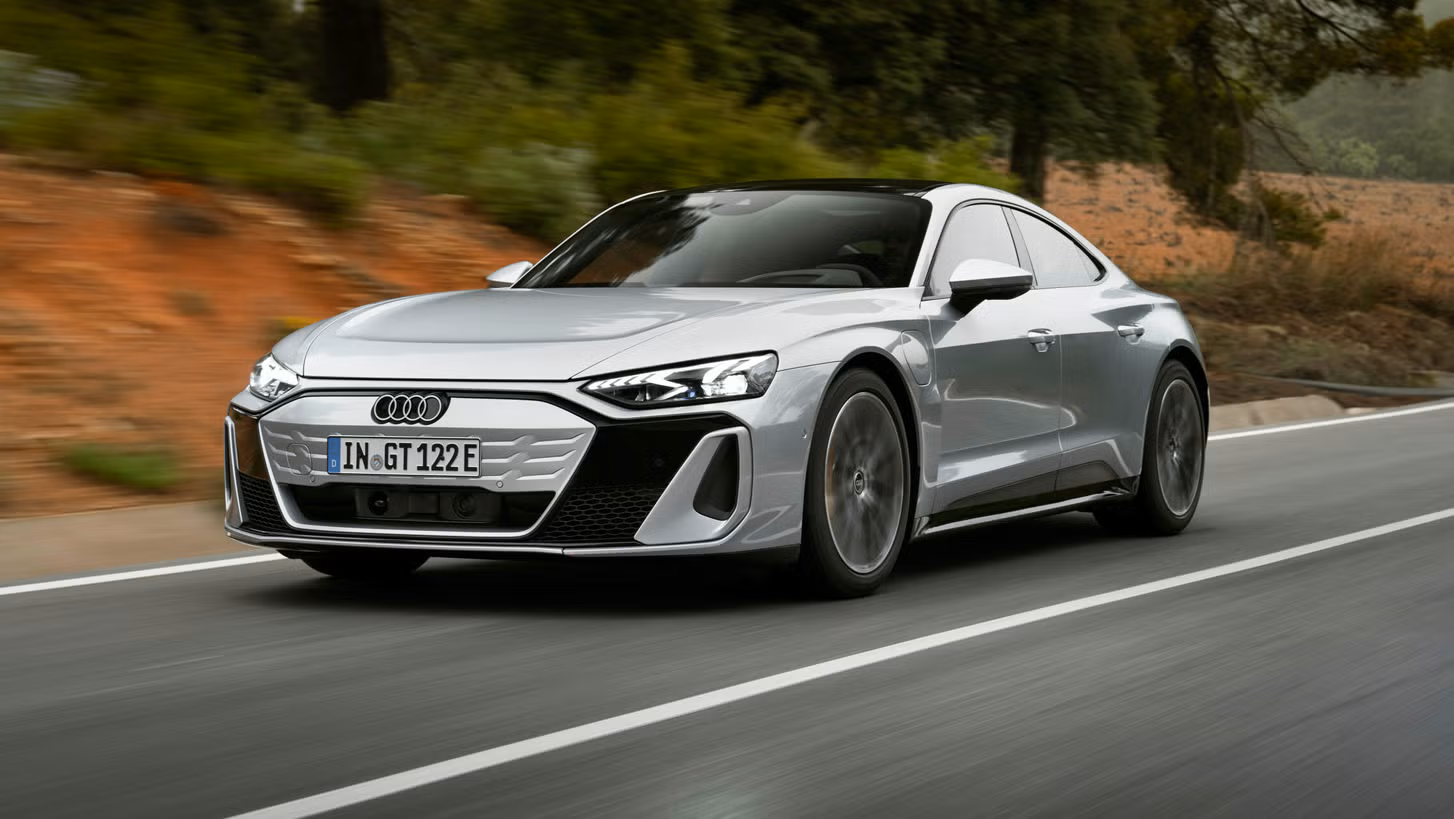
Features:
Audi’s e-tron features a virtual cockpit with customizable displays, an MMI touch response system for intuitive controls, and advanced navigation tools that incorporate real-time traffic and route suggestions.
Connectivity:
The e-tron relies on 4G LTE for current operations but has plans for future 5G integration, ensuring enhanced data speeds and improved communication between vehicles and infrastructure.
e. Mercedes-Benz EQS
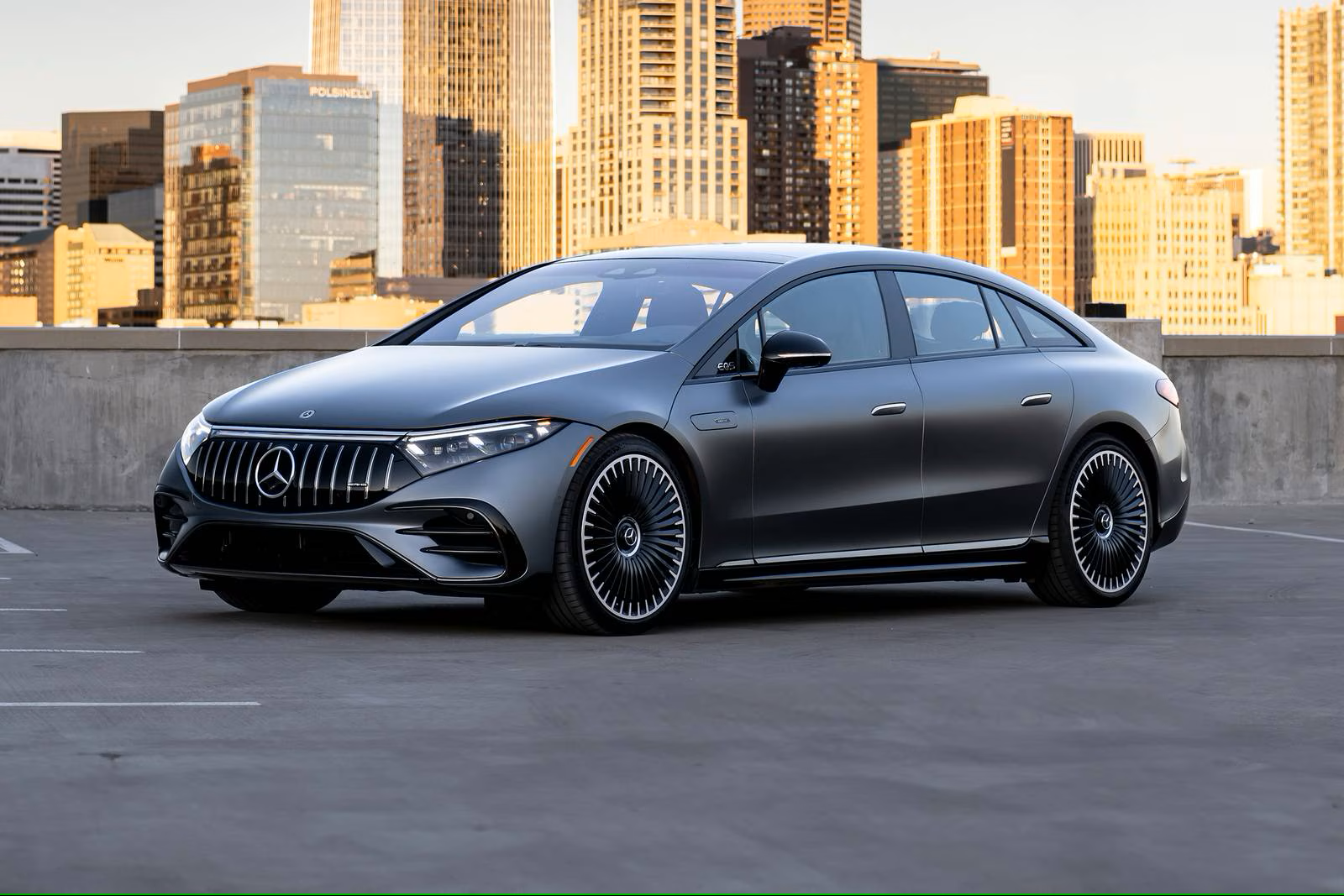
Features:
As part of Mercedes-Benz’s electric EQ lineup, the EQS offers a Hyperscreen dashboard with three integrated screens, advanced voice recognition through the MBUX system, and seamless smartphone integration. It also includes features like augmented reality navigation and OTA updates.
Connectivity:
The EQS leverages 5G connectivity to deliver faster data transfer, supporting its real-time features like dynamic traffic information and live software upgrades.
f. Hyundai Ioniq 5

Features:
The Ioniq 5 boasts innovative features like Vehicle-to-Load (V2L) technology, a fully digital cockpit, and augmented reality head-up display (AR HUD). The car supports advanced ADAS features, such as lane-following assist and adaptive cruise control.
Connectivity:
Hyundai’s Ioniq 5 is equipped with 4G LTE and is future proofed to adopt 5G for even better data management and connectivity features.
Comparison Table: Popular Connected Car Models
| Model | Key Features | Connectivity |
|---|---|---|
| Tesla Model 3 | OTA updates, Autopilot, fully integrated infotainment | 4G LTE, 5G-ready |
| BMW i7 | 5G, ADAS, 31-inch rear-seat entertainment screen | 5G |
| Ford Mustang Mach-E | OTA updates, voice-activated controls, 15.5-inch touchscreen | 4G LTE, 5G-ready |
| Audi e-tron | Virtual cockpit, MMI touch response, advanced navigation | 4G LTE, 5G-ready |
| Mercedes-Benz EQS | Hyperscreen, AR navigation, OTA updates | 5G |
| Hyundai Ioniq 5 | AR HUD, V2L technology, advanced ADAS features | 4G LTE, 5G-ready |
This growing list of connected cars showcases how automakers are leveraging advanced technologies to enhance performance, safety, and convenience. Whether prioritizing luxury, performance, or practicality, these vehicles are shaping the future of connected mobility.
6. Will Internet Connectivity Speed Affect Performance? Is 5G Important?
Absolutely. Internet connectivity speed plays a critical role in the performance of connected cars. Here’s why 5G is a game-changer:
Why 5G Matters
- Faster Data Transfer: 5G offers speeds up to 100 times faster than 4G, enabling real-time communication and data exchange.
- Lower Latency: With latency as low as 1 millisecond, 5G ensures instant response times for critical functions like autonomous driving and collision avoidance.
- Higher Bandwidth: Supports more devices and data-intensive applications, such as high-definition maps and in-car streaming.
- Enhanced Reliability: 5G networks are more stable, reducing the risk of dropped connections.
Impact on Connected Cars
- Autonomous Driving: 5G enables faster and more accurate communication between vehicles and infrastructure, making self-driving cars safer and more reliable.
- Real-Time Updates: Drivers can receive instant traffic, weather, and road condition updates.
- Enhanced Safety: Features like automatic emergency braking and pedestrian detection benefit from 5G’s low latency.
- Immersive Experiences: High-speed connectivity supports advanced infotainment systems, including augmented reality (AR) displays and 4K streaming.
FAQ
What is the difference between connected cars and autonomous cars?
Connected cars use internet connectivity to communicate with other devices and networks, while autonomous cars are designed to operate without human intervention. However, many autonomous cars are also connected cars.
Do connected cars require a subscription for internet services?
Yes, most connected cars require a subscription for cellular data services, similar to a smartphone plan.
Can connected cars work without 5G?
Yes, connected cars can work with 4G LTE, but 5G significantly enhances their performance, especially for data-intensive applications like autonomous driving.
Are connected cars safe from hacking?
While connected cars are designed with robust security measures, they are not immune to hacking. Automakers are continuously improving cybersecurity to protect these vehicles.
How does 5G improve vehicle-to-everything (V2X) communication?
5G’s high speed, low latency, and reliability enable seamless communication between vehicles, infrastructure, and devices, enhancing safety and efficiency.
Interesting Read: The Future of Automotive Technology 2025: How Innovation is Driving the Cars of Tomorrow – Tech To Know
